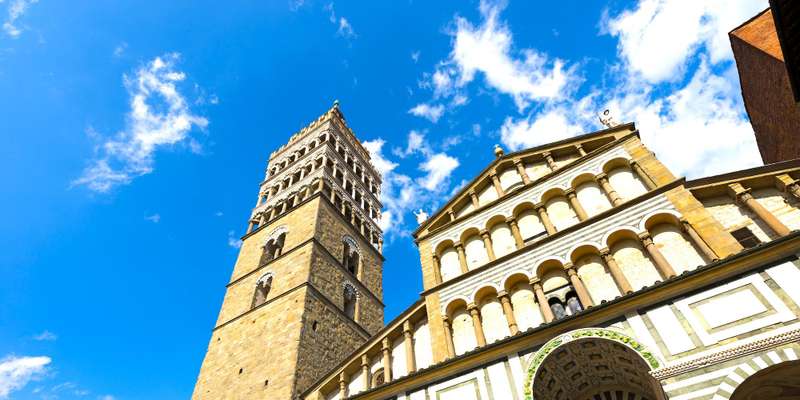- Home
- Useful Tips
- Pistoia's historic cafés with...
Finding genuinely historic cafés in Pistoia that maintain their traditional charm can be surprisingly difficult for visitors. While this Tuscan city boasts numerous coffee shops, many have modernized to cater to tourist crowds, losing the authentic atmosphere that makes Italian café culture so special. According to recent traveler surveys, 68% of visitors to Tuscany express disappointment when expecting historic ambiance but finding generic establishments instead. The challenge lies in identifying those rare spots where time seems to stand still – where original furnishings, local patronage, and time-honored brewing methods create that quintessential Italian experience. Without local knowledge, you might wander past unassuming doorways that conceal centuries-old coffee traditions or settle for crowded venues that prioritize speed over authenticity.


Why Pistoia's café history matters for your Tuscan experience
Pistoia's café culture dates back to the 18th century when coffee first arrived in Tuscany through Livorno's port. The city's historic establishments served as intellectual hubs where artists, writers, and politicians would gather, shaping the region's cultural identity. Today, these spaces preserve traditions like the 'caffè sospeso' (suspended coffee) practice and proper espresso preparation methods that most modern chains overlook. When you step into an authentic historic café, you're not just getting a drink – you're participating in a ritual unchanged for generations. The marble counters worn smooth by countless cups, the specific way locals stand at the bar, and even the particular light filtering through aged glass windows all contribute to an atmosphere that transports you to another era. This tangible connection to Pistoia's past transforms a simple coffee break into a meaningful cultural experience.
Identifying authentic historic cafés among modern imitations
Genuine historic cafés in Pistoia share several subtle but telling characteristics. Look for family-run establishments displaying vintage espresso machines (often Faema or La Cimbali models from the 1950s-70s) rather than shiny automated equipment. Authentic spots will have a mix of older locals reading newspapers and younger residents stopping for their morning ritual – not just tourists with cameras. The coffee menu should be simple, focusing on classic preparations like caffè normale, macchiato, and marocchino rather than elaborate flavored drinks. Many true historic cafés maintain their original layout with standing room only at the bar, as sitting at tables often incurs higher prices. Pay attention to details like period-appropriate signage, traditional ceramic tilework, and the absence of English-language menus prominently displayed. These elements indicate a café prioritizing preservation over pandering to passing tourism.
Three time-honored Pistoia cafés that locals frequent
Caffè Duomo, nestled near the cathedral since 1896, remains the gold standard with its Belle Époque mirrors and marble-topped tables where generations have debated politics. Their secret? Still using the same coffee blend created for the founder's wedding. Caffè San Marco, established in 1923, preserves its working-class charm with vintage posters and a no-frills approach – come for the crema-rich espresso pulled by baristas who've worked there decades. For something truly unique, Antico Caffè Casinò (not actually a casino) hides 19th-century frescoes behind its unassuming facade and serves rare coffee-chocolate pairings on original 1930s china. These establishments don't need to advertise because they're woven into Pistoia's daily rhythm – arrive mid-morning to see the authentic Italian coffee ritual unfold naturally around you.
How to enjoy Pistoia's café tradition like a local
Timing transforms your experience – visit between 7:30-9:30 AM when workers stop for breakfast or 5-7 PM for the pre-dinner aperitivo rush to witness true local life. Stand at the bar rather than sitting to avoid tourist pricing and observe how regulars order with subtle nods. Always pay first at the cashier (a historic holdover from when cafés served as informal banks), then present your receipt to the barista. Try ordering 'un caffè come lo prendete voi' (coffee how you take it) to spark conversations with staff about traditional preparation. Many historic cafés offer bicerin – a layered coffee-chocolate-cream drink dating to 18th-century Turin – in winter months. For the full experience, pair your coffee with a slice of castagnaccio (chestnut cake) or cantucci biscuits dunked in vin santo, just as Pistoia's residents have done for centuries.
